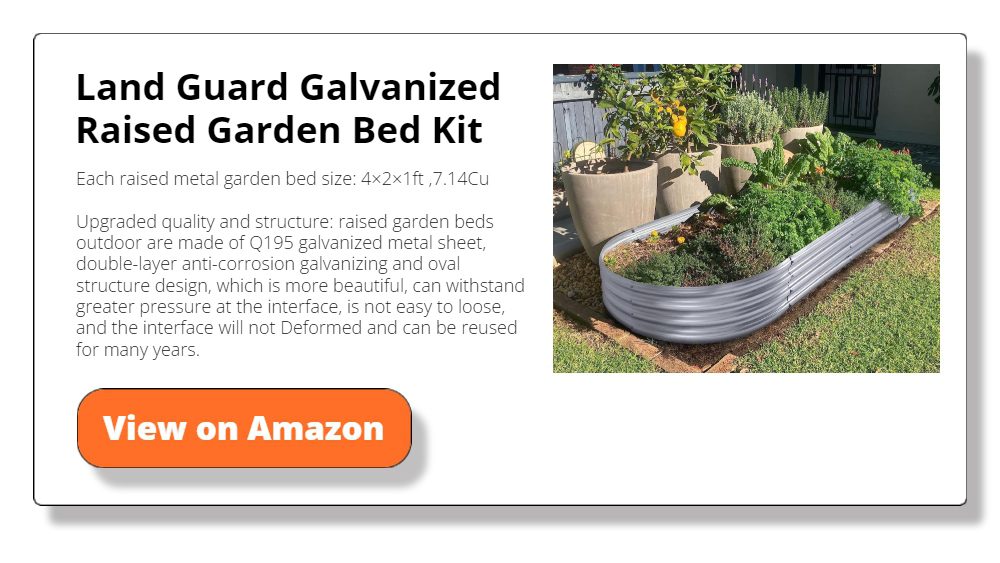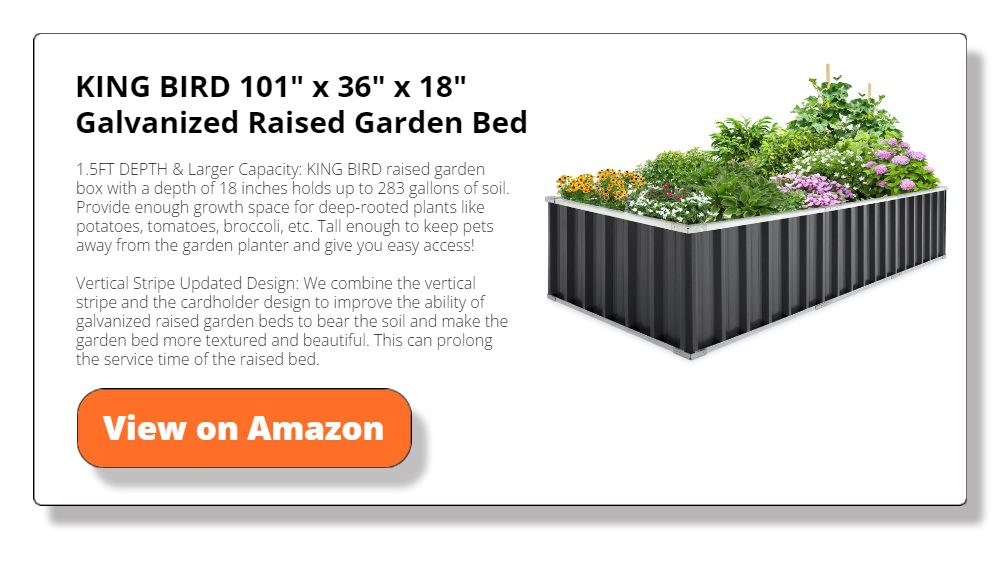Last Updated on September 21, 2023 by teamobn
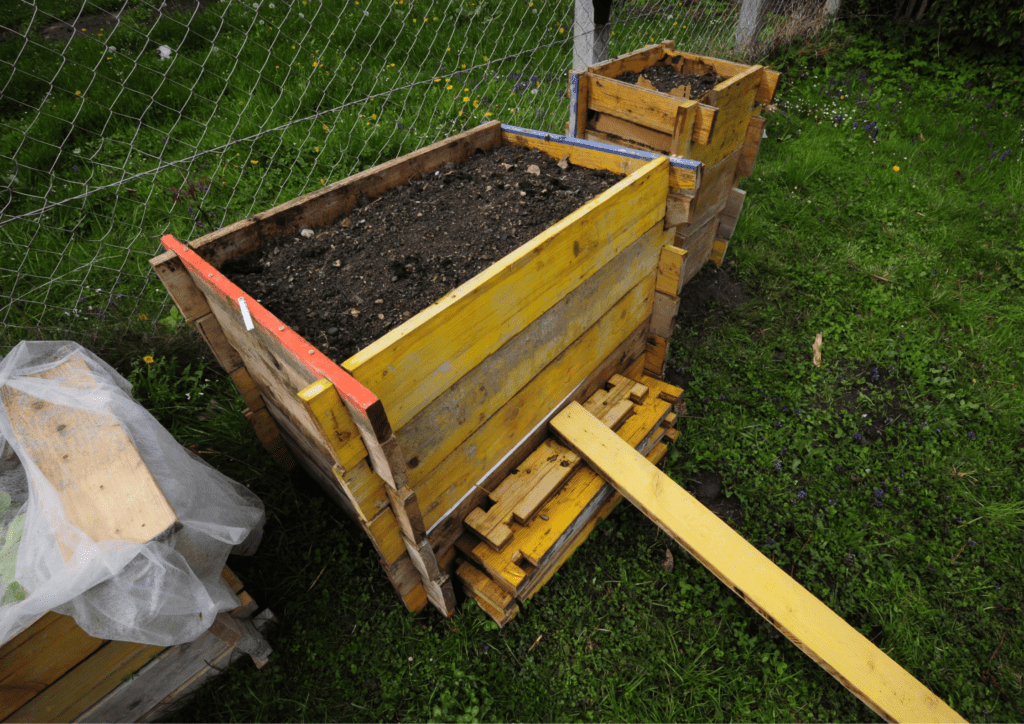
Are you ready to take your gardening game to the next level? Raised beds are the way to go! Not only do they enhance the aesthetic appeal, but they also foster robust plant growth and alleviate strain on your back during gardening. However, before you start planting, ensure you have the appropriate raised garden bed soil.
Certainly, you have the option to purchase pre-mixed soil, but where’s the excitement in that? Additionally, it can be costly and you might not always have full transparency on its contents. Instead, why not consider crafting your own soil blend? This approach not only helps you economize but also empowers you to tailor the soil precisely to suit your unique gardening requirements.
In this guide, you’ll learn how to create premium raised garden bed soil without emptying your wallet. Not only will you save money, but you’ll also have the satisfaction of knowing that you created the perfect growing environment for your beloved plants.
Ready to make a high-quality raised garden bed soil? Your plants will thank you, and you’ll wonder how you ever survived without it.
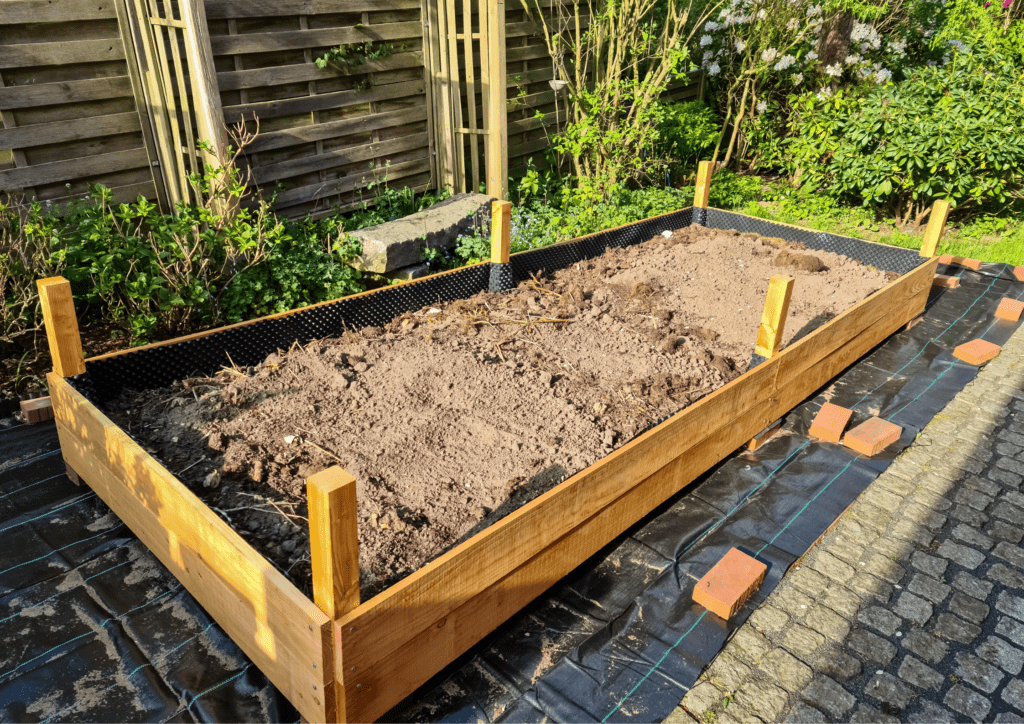
Contents
Making Premium Raised Garden Bed Soil on a Dime
Unleash the hidden power of your prized plants with the ultimate secret weapon – top-notch soil! It’s like giving them a gourmet meal, complete with all the nutrients, drainage, and air they need to thrive. So don’t skimp on the soil!
Well-balanced soil teeming with organic matter creates a fertile environment for your plants to thrive. So don’t underestimate the power of premium raised garden bed soil – it’s the backbone of a beautiful and bountiful garden. Get your hands dirty and start building up that soil today!
1. Start With Existing Soil
One of the most cost-effective ways to create raised garden bed soil is to start with your existing soil. First, remove any weeds or debris. Then, mix in generous amounts of compost. Compost adds organic matter, improves soil structure, and enhances its water retention capacity. It’s a budget-friendly way to boost your soil’s fertility.
2. DIY Compost Bin
Creating your compost is a fantastic way to save money on soil amendments. A simple DIY compost bin can be made from repurposed pallets or even an old trash can. Collect kitchen scraps, yard waste, and leaves, and let nature work its magic. In a few months, you’ll have rich, homemade compost to enhance your raised garden bed soil.
3. Vermicomposting
If you have limited space, consider vermicomposting. Worms break down organic matter into nutrient-rich castings, creating “black gold” for your garden. A vermicomposting bin is relatively inexpensive to set up and requires minimal maintenance. It utilizes the remarkable abilities of earthworms, specifically red wrigglers (Eisenia fetida), to break down organic matter.
These humble creatures are true soil alchemists, converting kitchen scraps, paper waste, and yard clippings into nutrient-rich worm castings—a natural fertilizer and soil conditioner of the highest caliber.
4. Mulching
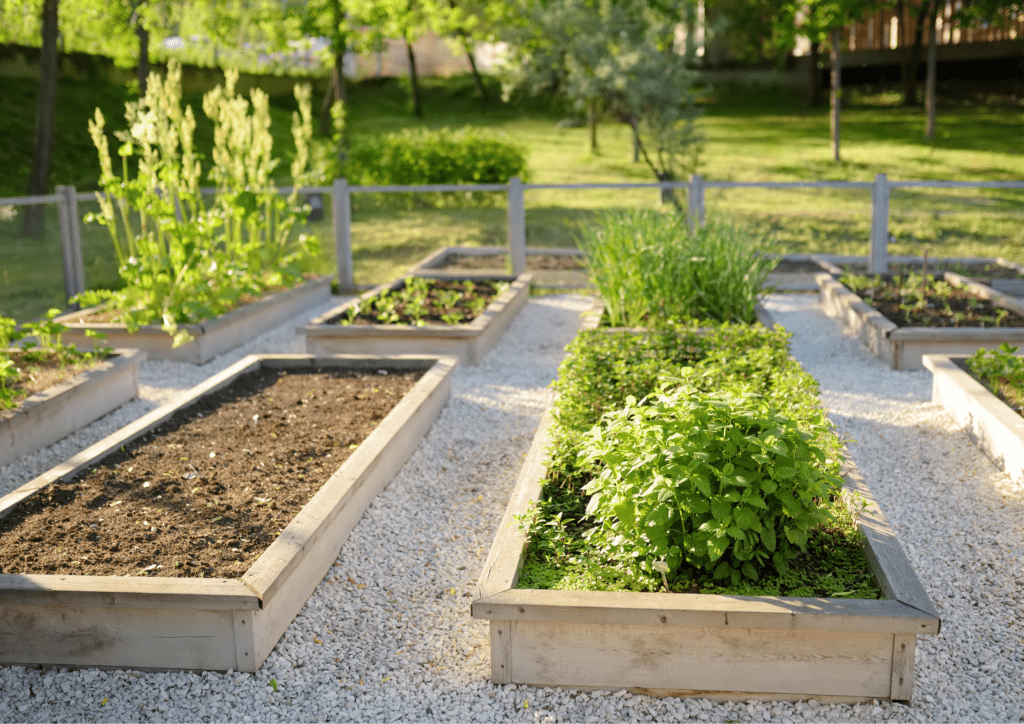
Mulching your raised garden bed soil with organic materials like straw, wood chips, or leaves helps retain moisture, suppress weeds, and enrich the soil as the mulch breaks down over time. It’s a simple yet effective way to improve the soil without spending much.
Mulching creates a barrier between your soil and the atmosphere, reducing evaporation and keeping the soil consistently moist. This is especially beneficial during hot summer months or in regions with sporadic rainfall. By retaining moisture, your plants can grow vigorously without succumbing to drought stress.
5. Soil Testing
Before adding any amendments, consider getting a soil test. Many agricultural facilities provide affordable soil testing services. A soil test provides insights into nutrient levels, including nitrogen, phosphorus, and potassium—often referred to as the “N-P-K” ratio. This knowledge helps you decide which soil amendments or fertilizers are necessary to address nutrient deficiencies or imbalances. Applying the right nutrients at the right time prevents wasteful spending on unnecessary supplements.
6. Raised Garden Bed Construction
When building your raised garden beds, choose cost-effective materials like untreated lumber, recycled materials, or even cinder blocks. Building your beds in a cost-efficient manner leaves more room in your budget for quality soil amendments. This means you can focus on enriching your raised garden bed soil with nutrient-rich compost, organic matter, and targeted fertilizers that will provide a solid foundation for your plants to flourish.
7. Bulk Purchases
If you need to purchase soil amendments like peat moss, perlite, or vermiculite, buy them in bulk. This is often cheaper than buying smaller quantities, and the materials can be stored for future use. And to make the most of your bulk purchase, consider proper storage. To ensure the longevity and usability of your bulk-purchased soil amendments, seal the materials in airtight containers or resealable bags to prevent moisture absorption, which can affect their quality.
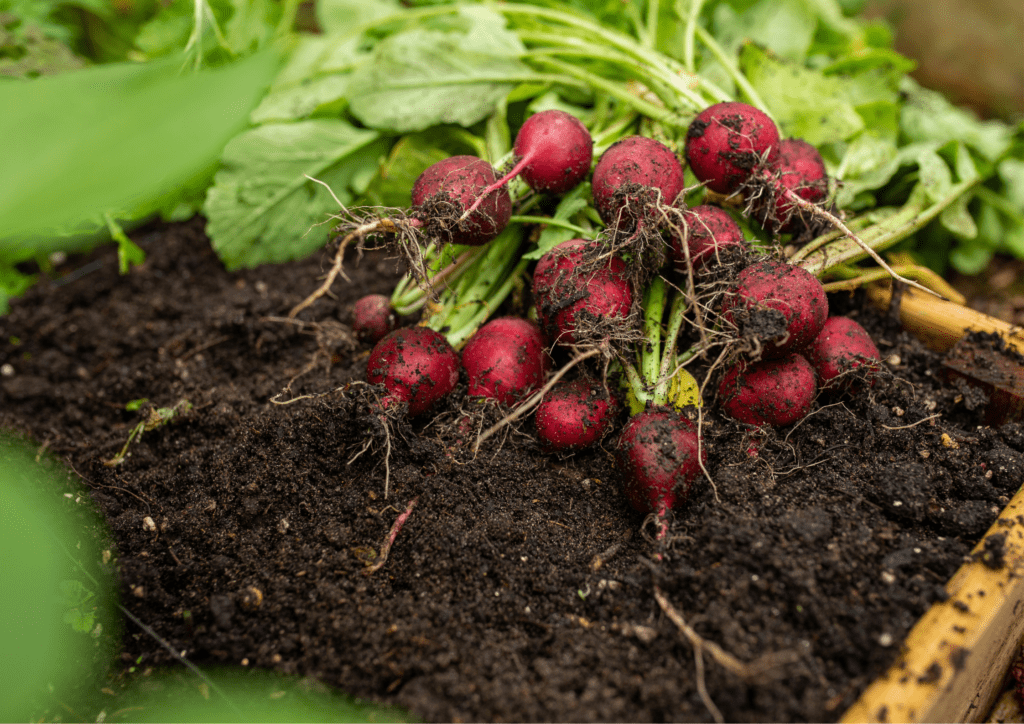
8. Seasonal Sales and Discounts
Keep an eye out for seasonal sales, discounts, and promotions at garden centers. Buying soil amendments when they are on sale can lead to significant savings. These opportunities provide cost savings, enhance the value of your gardening budget, and make essential soil amendments more affordable and accessible. By timing your purchases wisely, you can cultivate a thriving garden while efficiently managing your gardening expenses.
Summing It Up
Creating high-quality raised garden bed soil without spending a fortune is not only possible but also rewarding. By working with your existing soil, implementing composting and mulching practices, embracing sustainable gardening techniques, and making strategic purchases you can easily nurture a thriving garden.
With dedication and careful planning, you’ll reap the rewards of both a lush garden and financial savings. The best part? You don’t need a green thumb or a sprawling backyard to get started. Even a small balcony or patio can be transformed into a mini oasis of fresh herbs and vegetables.
So, grab some seed packets and get planting on your premium raised garden bed soil! Remember, a little effort and creativity can go a long way in achieving a beautiful and budget-friendly garden. Happy gardening!

